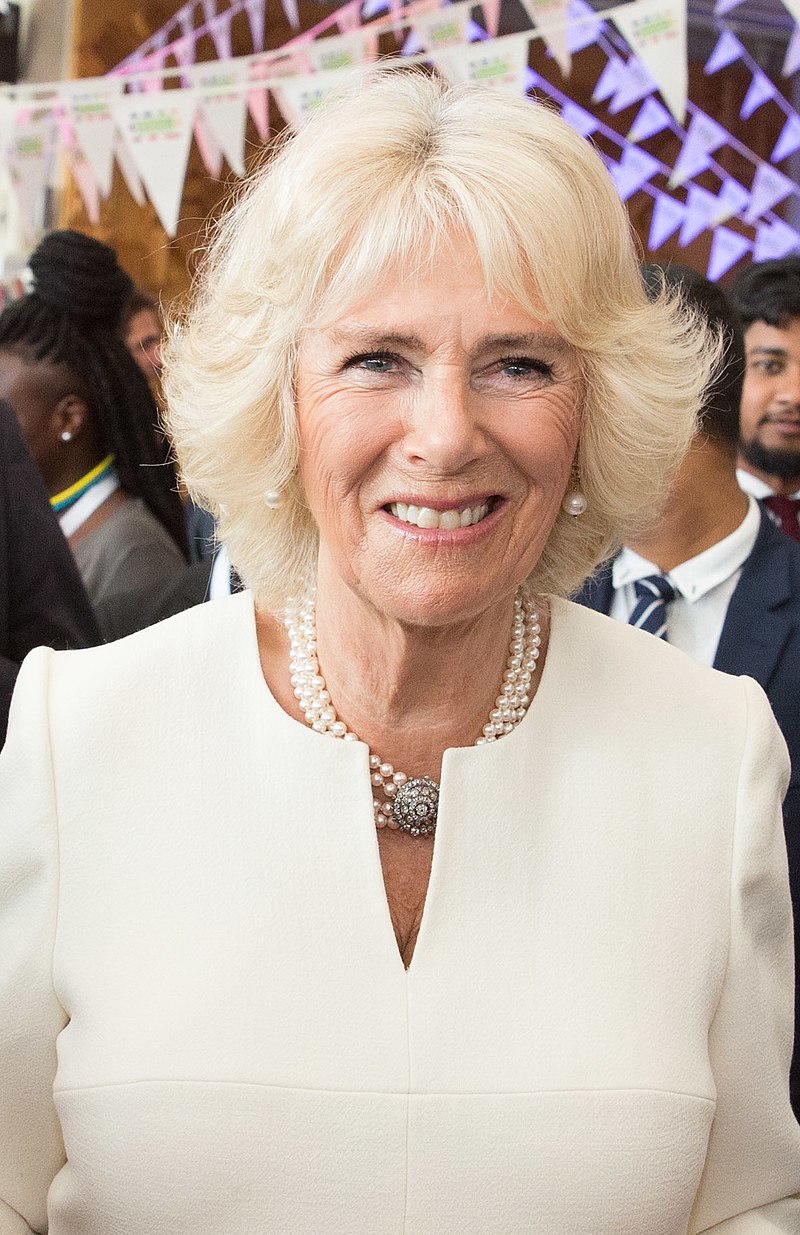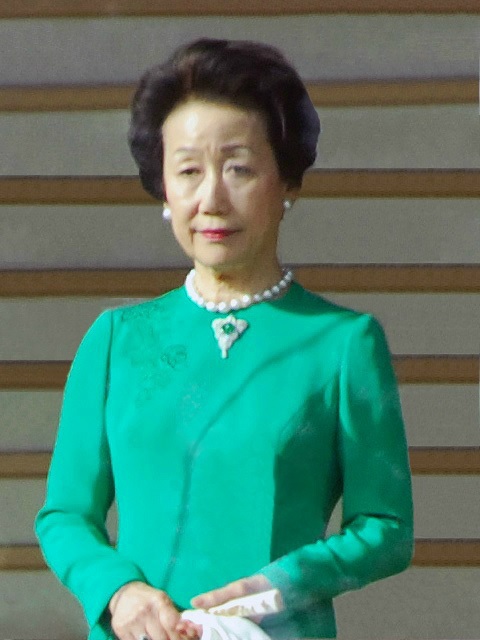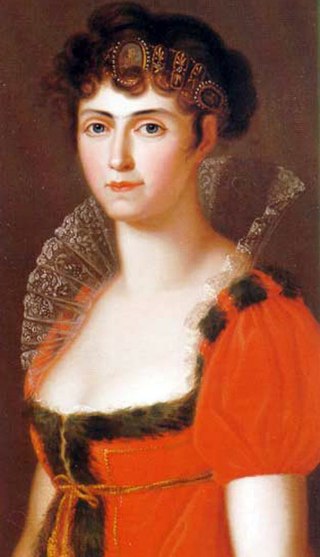© Unofficial Royalty 2024

Philippa of Lancaster, Queen of Portugal; Credit – Wikipedia
July 19, 1415 – Death of Philippa of Lancaster, Queen of Portugal, daughter of John of Gaunt, granddaughter of King Edward III of England, wife of King João I of Portugal, in Sacavem, Portugal; buried at Batalha Monastery in Leiria, Portugal
Philippa married King Joáo I of Portugal in the Cathedral of the Assumption of Our Lady in Porto, Portugal on February 2, 1387, sealing the Anglo-Portuguese Alliance, a treaty that is still in effect. She is known as the mother of the “Illustrious Generation” of infantes (princes) and infantas (princesses). Philippa died at the age of 55 of the plague.
Unofficial Royalty: Philippa of Lancaster, Queen of Portugal
July 19, 1543 – Death of Mary Boleyn, mistress of King Henry VIII of England, probably buried at St. Peter Churchyard in Hever, Kent, England
After Mary Boleyn was sent back from France where she had been one of Mary Tudor’s English ladies during her short marriage to King Louis XII of France, her father arranged for her to be a maid-of-honor to Catherine of Aragon, King Henry VIII’s first wife. She married Sir William Carey who served King Henry VIII as a Gentleman of the Privy Chamber. At some point, perhaps even before her marriage, Mary became Henry VIII’s mistress, supplanting Elizabeth Blount, but the starting date and length of the relationship are unknown. Wiliam Carey profited from his wife’s affair as he was granted manors and estates by King Henry VIII. Two children were born during the marriage of Mary and William. Because of Mary’s affair with King Henry VIII, it has been suggested that one or both of the children may have been Henry VIII’s biological children. Although there is no proof, this claim has been a continued subject of debate. On June 22, 1528, at the age of 28, William Carey died of the sweating sickness. By the time of William’s death, Mary’s sister Anne had already caught the attention of King Henry VIII.
Unofficial Royalty: Mary Boleyn, mistress of King Henry VIII of England
July 19, 1578 – Birth of Ferdinand II, Holy Roman Emperor at the Schlossberg in Graz, Duchy of Styria, Archduchy of Austria, now in Austria
In addition to being Holy Roman Emperor (reigned 1619 – 1637), Ferdinand was also Archduke of Inner Austria (reigned 1590 – 1637), King of Bohemia (1st reign 1617 – 1619, 2nd reign 1620 – 1637), and King of Hungary and Croatia (reigned 1618 – 1637). In 1600, he married his 26-year-old first cousin Maria Anna of Bavaria. They had seven children but only four survived childhood. After Maria Anna’s death, Ferdinand married his first cousin once removed Eleonora Gonzaga of Mantua but their marriage was childless. The Thirty Years’ War (1618 – 1648) began in 1618 as a result of the inadequacies of Ferdinand II’s predecessors Rudolf II and Matthias. The war was one of the longest and most destructive conflicts in European history, with an estimated 4.5 to 8 million soldiers and civilians dying as a result of battle, famine, and disease. On February 15, 1637, at the age of fifty-eight, Ferdinand II, Holy Roman Emperor died in Vienna, Archduchy of Austria, now Austria.
Unofficial Royalty: Ferdinand II, Holy Roman Emperor, Archduke of Inner Austria, King of Bohemia, King of Hungary and Croatia
July 19, 1770 – Birth of Lucia Migliaccio, Duchess of Florida, the morganatic second wife of Ferdinando I, King of the Two Sicilies, in Syracuse, Kingdom of Sicily, now in Italy
Lucia was the daughter of Vincenzo Migliaccio, 8th Duke of Floridia, a Sicilian nobleman, and Dorotea Borgia dei Marchesi del Casale who was from a Spanish noble family. In 1791, Lucia married Benedetto Grifeo, Prince of Partanna, and the couple had seven children. Lucia’s husband died in 1812. In 1814, Maria Carolina, the wife of King Ferdinando I of the Two Sicilies died. Wanting to remarry, the 63-year-old Ferdinando turned his attention to the 44-year-old Lucia, whom he had met frequently at court. Because Lucia was not royal, the marriage caused a considerable scandal. Lucia did not receive the title of queen and any children from the marriage would not be in the line of succession. However, the marriage remained childless. Ferdinando died from a stroke in 1825, and Lucia survived her husband by a little more than a year, dying on April 26, 1826, aged 55.
Unofficial Royalty: Lucia Migliaccio, Duchess of Florida
July 19, 1810 – Death of Luise of Mecklenburg-Strelitz, Queen of Prussia, wife of King Friedrich Wilhelm III of Prussia, at Schloss Hohenzieritz in Hohenzieritz, Grand Duchy of Mecklenburg-Strelitz, now in Mecklenburg-Vorpommern, Germany; buried in the garden at Charlottenburg Palace in Berlin, Kingdom of Prussia, now in Brandenburg, Germany, where a mausoleum was built over her grave
Luise married the future King Friedrich Wilhelm III of Prussia. Luise was wildly popular in Prussia from the start, and descriptions of her from this time speak of her grace, goodness, and beauty. The marriage was happy and the couple raised their nine children quietly at Paretz Palace west of Berlin. Friedrich Wilhelm became King of Prussia in 1797. As queen, Luise traveled around Prussia with her husband, becoming more well-known and well-liked. On July 19, 1810, while visiting her father, 34-year-old Luise died in her husband’s arms from an unidentified illness. Her grieving husband later instituted the Order of Louise in her name and her family mourned her death each year on July 19.
Unofficial Royalty: Luise of Mecklenburg-Strelitz, Queen of Prussia
July 19, 1822 – Birth of Augusta of Cambridge, Grand Duchess of Mecklenburg-Strelitz, wife of Friedrich Wilhelm, Grand Duke of Mecklenburg-Strelitz, at the Palace of Montbrillant in Hanover, Kingdom of Hanover, now in Lower Saxony, Germany
Full name: Augusta Caroline Charlotte Elizabeth Mary Sophia Louisa
Augusta was a granddaughter of King George III of the United Kingdom, first cousin of Queen Victoria of the United Kingdom, and aunt of Queen Mary, wife of King George V of the United Kingdom. Even though Augusta lived in the Grand Duchy of Mecklenburg-Strelitz after her marriage, she and her husband visited London frequently, staying with the Duchess of Cambridge at Kensington Palace. Augusta retained close ties with the British Royal Family. Before the coronation of King Edward VII of the United Kingdom and his wife Queen Alexandra in 1902, Augusta was consulted on matters of ceremony and attire as she was almost the only person alive who could remember the coronation of King William IV and Queen Adelaide. Her recollection of Queen Victoria’s coronation also proved invaluable.
Unofficial Royalty: Augusta of Cambridge, Grand Duchess of Mecklenburg-Strelitz
July 19, 1884 – Birth of Prince Charles Edward, Duke of Albany, Duke of Saxe-Coburg and Gotha, grandson of Queen Victoria, at Claremont House in Esher, Surrey, England
Full name: Charles Edward George Albert Leopold
Charles Edward’s father Prince Leopold, Duke of Albany died three months before he was born. Prince Leopold, who inherited hemophilia from his mother Queen Victoria, died at age 30 from a fall that caused a cerebral hemorrhage. Charles Edward inherited his father’s title Duke of Albany at birth. In 1900, he became Duke of Saxe-Coburg and Gotha upon the death of his uncle Alfred, Duke of Saxe-Coburg and Gotha and Duke of Edinburg. In 1905, Charles Edward married Princess Viktoria Adelheid of Schleswig-Holstein-Sonderburg-Glücksburg. The couple had five children including Princess Sibylla of Saxe-Coburg and Gotha who married Prince Gustav Adolf of Sweden, Duke of Västerbotten, and is the mother of Carl XVI Gustaf, the current King of Sweden. At the end of World War I, Charles Edward was deposed and signed a declaration relinquishing his rights to the throne. In 1933, he joined the Nazi Party. After the end of World War II, Charles Edward was placed under house arrest because of his Nazi sympathies. In 1949, a denazification appeals court classified Charles Edward as a Nazi Follower, Category IV. He was heavily fined, several properties were seized, and he was almost bankrupted. Some of the Saxe-Coburg and Gotha properties that were now in East Germany were seized. Charles Edward spent the last years of his life in seclusion. He died of cancer on March 6, 1954, at the age of 69 in his apartment on Elsässer Straße (Street) in Coburg, Bavaria, Germany.
Unofficial Royalty: Charles Edward, Duke of Saxe-Coburg and Gotha
July 19, 1890 – Birth of King George II of Greece at Tatoi Palace near Athens, Greece
George II was the eldest son of King Constantine I of Greece and Princess Sophie of Prussia. Due to unrest in Greece, George was King of Greece twice (1st reign 1922 – 1924, monarchy abolished; 2nd reign 1935 – 1947) and forced into exile three times. Also unlucky in marriage, he married his second cousin, Princess Elisabeta of Romania. Their marriage was childless and ended in divorce. His health declining, George was found unconscious in his office at the Royal Palace in Athens, Greece on April 1, 1947. Several hours later, it was announced that he had died of arteriosclerosis.
Unofficial Royalty: King George II of Greece
July 19, 1940 – Birth of Princess Hitachi of Japan, wife of Prince Hitachi of Japan, born Hanako Tsugaro at her family home in Tokyo, Japan
The wife of Prince Hitachi of Japan, son of Emperor Shōwa (Hirohito), Princess Hitachi is the youngest of the four daughters of Count Yoshitaka Tsugaru and Hisako Mōri. Both her parents were descendants of the Japanese nobility. Prince and Princess Hitachi had no children. Because her husband was the son and then the brother of The Emperor, Prince and Princess Hitachi were expected to represent Japan internationally and participate in charitable works. As the Prince and Princess got older, these responsibilities lessened.
Unofficial Royalty: Hanako, Princess Hitachi
This article is the intellectual property of Unofficial Royalty and is NOT TO BE COPIED, EDITED, OR POSTED IN ANY FORM ON ANOTHER WEBSITE under any circumstances. It is permissible to use a link that directs to Unofficial Royalty.


























